Recently, I had the opportunity to visit Hagi City in Yamaguchi Prefecture and explored various historical sites.
Hagi is well known for its pottery and atmospheric castle town with white-walled streets, but right now, it is also gaining attention as the setting for the NHK Taiga drama “Hana Moyu”.
Hagi holds significant historical importance as the birthplace of Yoshida Shoin and his sister Fumi, as well as several prominent figures of the late Edo and early Meiji periods who studied at Shoin’s private academy, “Shokasonjuku”. These include Takasugi Shinsaku, Kido Takayoshi (formerly Katsura Kogoro), and Yamagata Aritomo.
Although I wasn’t particularly well-versed in history, I took this opportunity to capture photos and reflect on the legacy of Shoin Sensei.
Shokasonjuku (Yoshida Shoin’s Private School) & Shoin Shrine
Shoin Shrine, which enshrines Yoshida Shoin, and Shokasonjuku are located within the same grounds.
It takes about 20 minutes on foot from the nearest station, Higashi-Hagi Station, so traveling by car is recommended.
The torii gate at the entrance of Shoin Shrine.
There were many banners promoting the currently airing Taiga drama “Hana Moyu”.
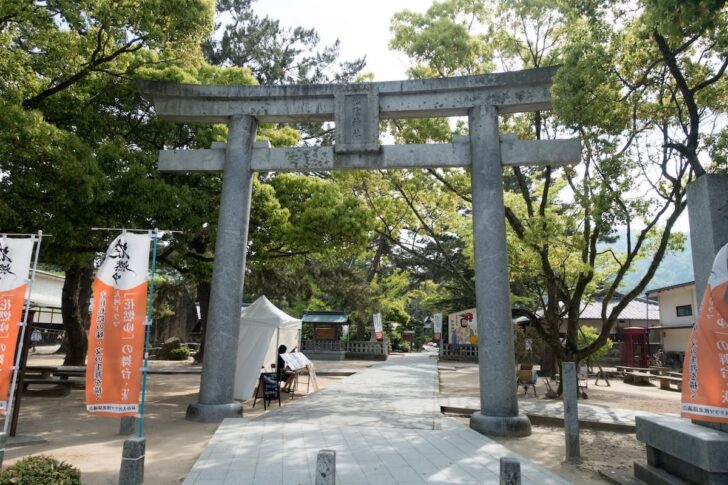
A giant ema (votive tablet) with an amusingly rough yet charming drawing greeted visitors.
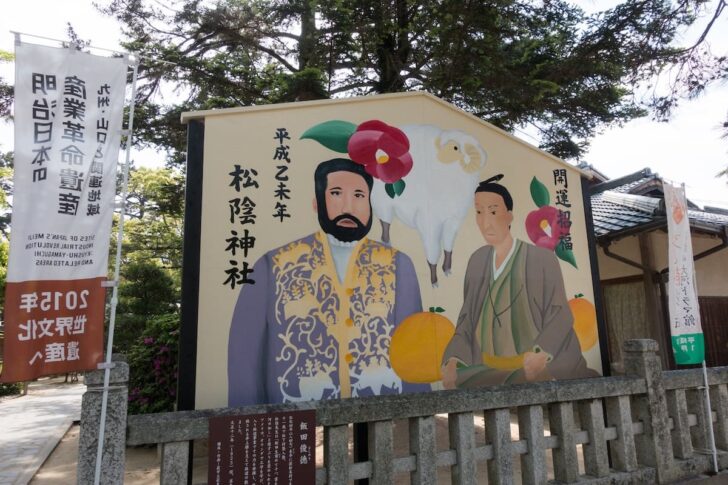
The shrine grounds are filled with lush greenery, and several historical buildings, including Shokasonjuku, remain intact.
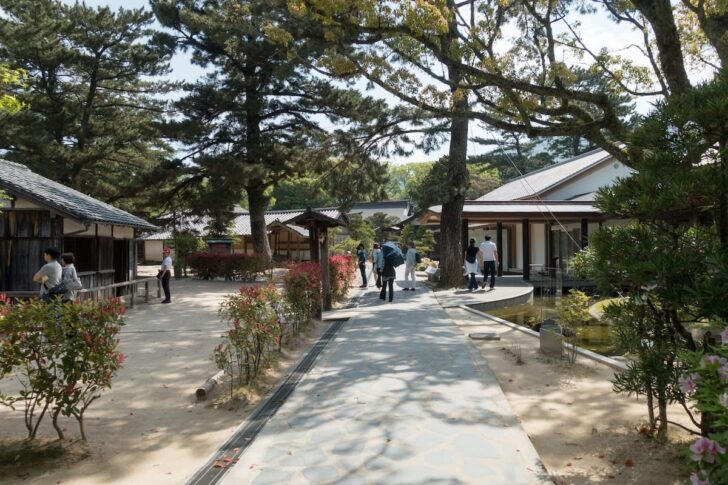
A stone monument marking the site of Shokasonjuku.
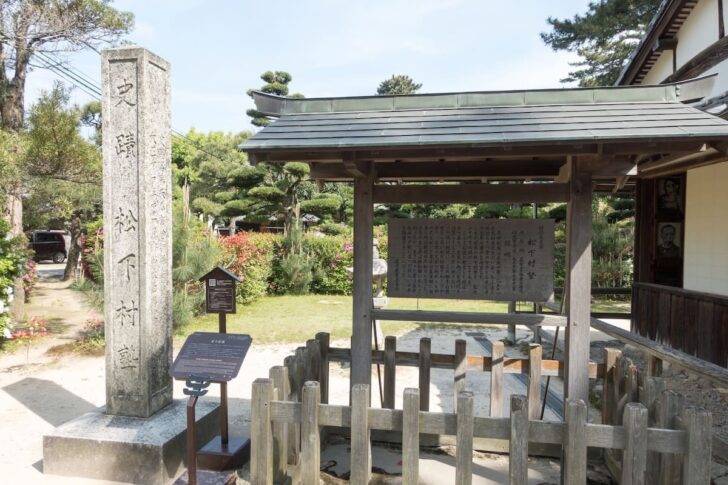
『親思う こころにまさる 親ごころ
きょうの音ずれ 何ときくらん』
This is Shoin’s farewell poem, written as he faced execution in Edo, expressing his thoughts for his parents back home.
He passed away at the young age of 30—much younger than I am now…
Did he leave this world with regret, or was he prepared and at peace with his fate?
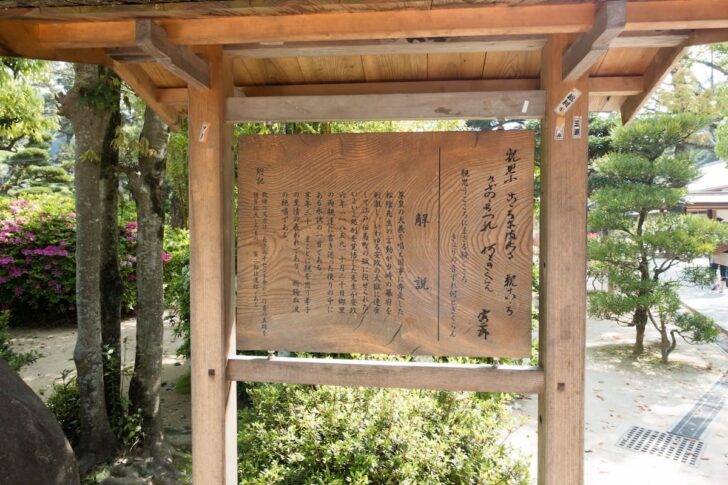
The restored building of Shokasonjuku.
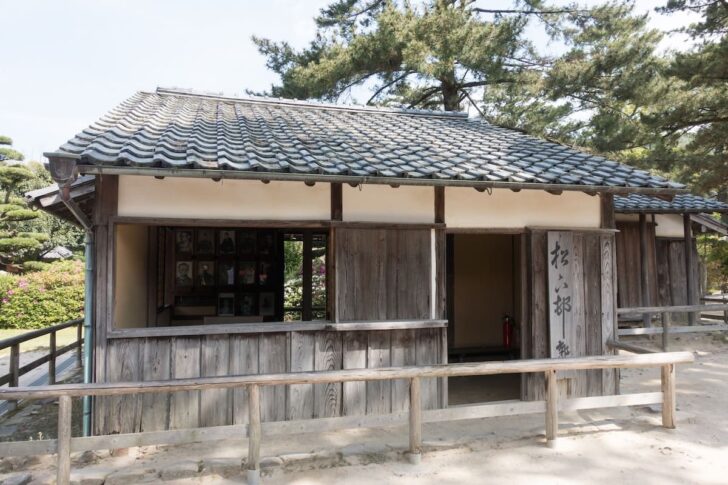
Many leaders who shaped Japan’s future studied under Shoin here.
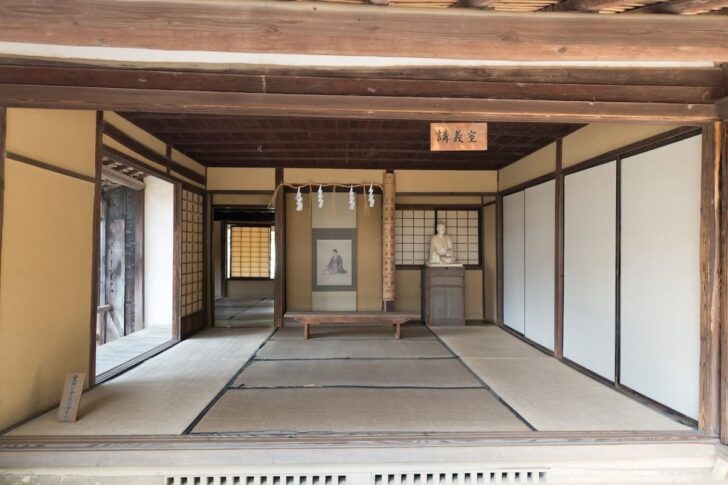
This small 3-tatami-mat room was where Shoin spent his house arrest.
It is said that he began giving lectures to his family here, which eventually led to the founding of Shokasonjuku.
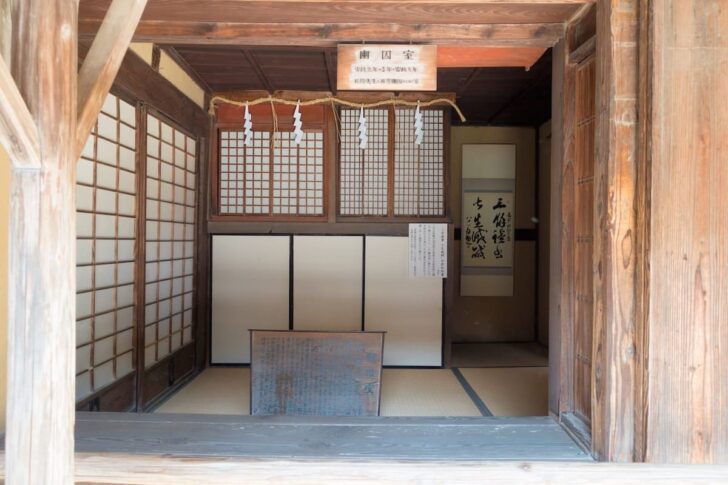
Of course, I also paid my respects at Shoin Shrine.
Hopefully, it will make me smarter…!
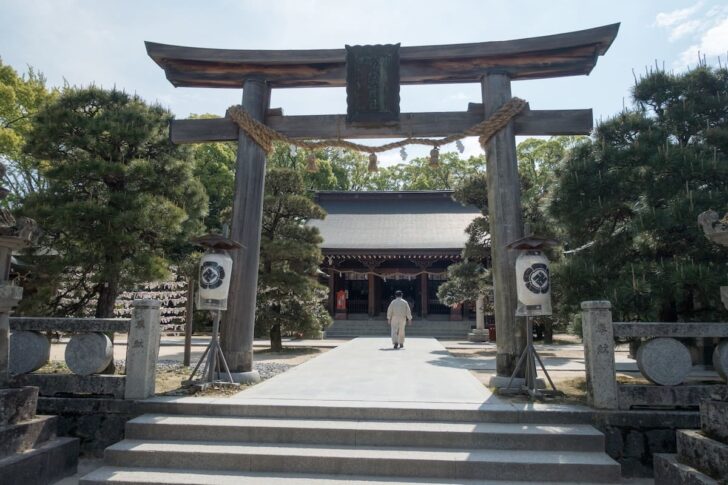
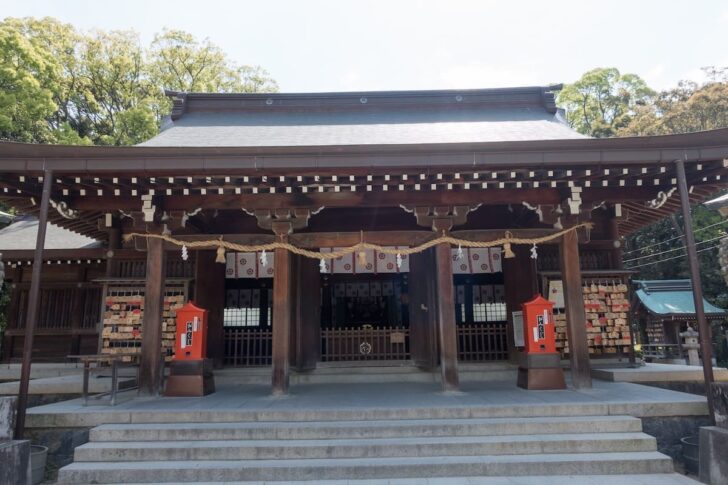
A fortune slip featuring words of wisdom from Shoin Sensei.

I drew a “Daikichi” (great fortune)!
Thank you—I will continue to strive for excellence.
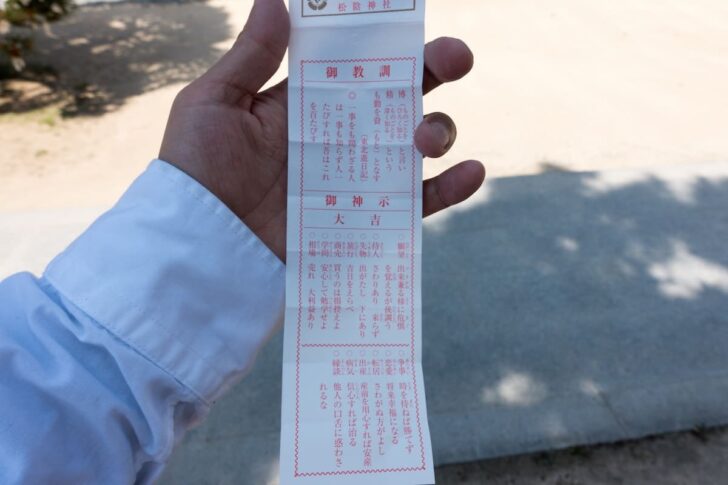
Meirinkan
Next, I visited “Meirinkan”, one of the three major educational institutions in Japan during the Edo period and also Shoin’s alma mater.
Shoin started working at Meirinkan at the age of 10 and, by 11, was giving lectures on **”Bukyō Zensho”** (a military textbook) before the domain lord, Mōri Takachika. By the age of 19, he became an “independent instructor”—what we would call a professor today.
His brilliance was truly extraordinary.
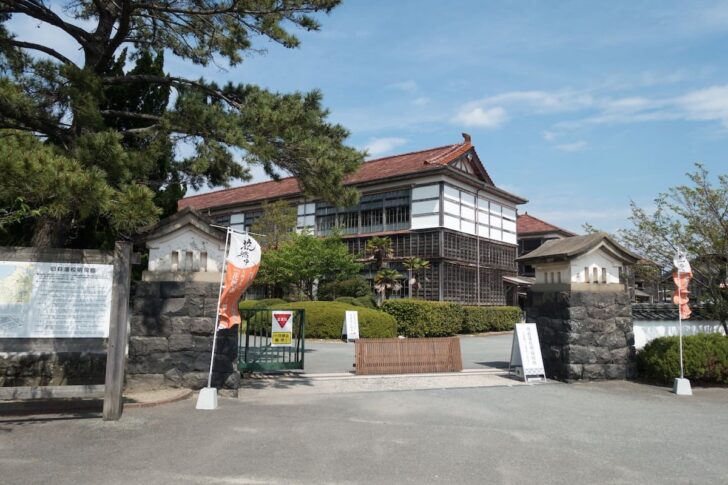
This building was used as an elementary school until recently.
What a beautifully historic school—how lucky the students were.
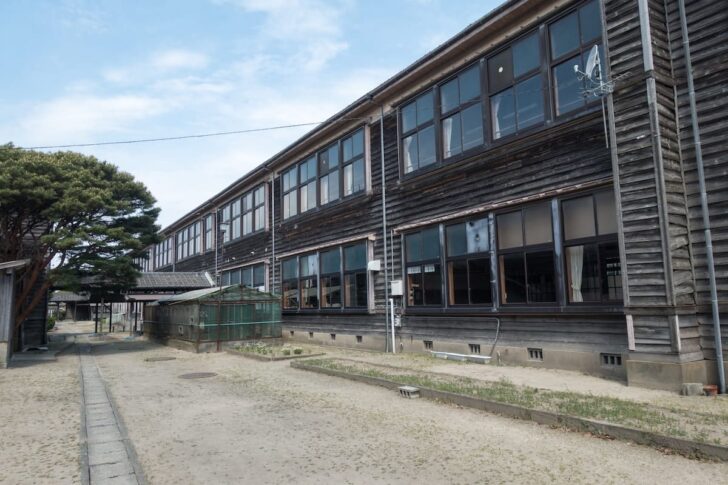
A long wooden corridor—filled with a nostalgic and historical charm.
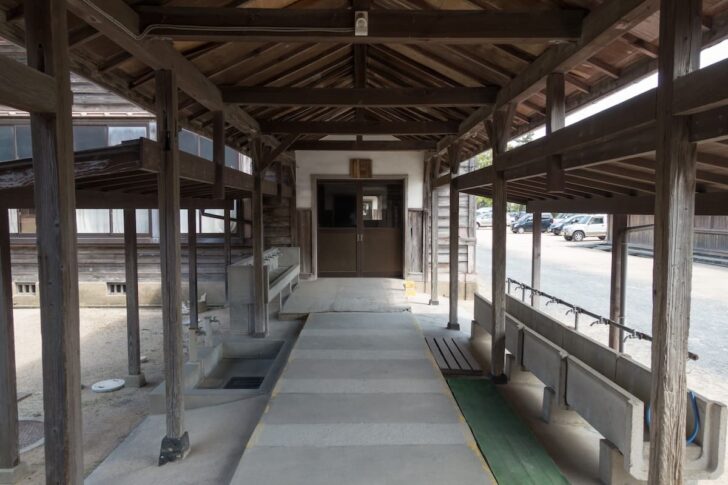
I found a sign reading “Takatoku Shugyosha Hikitsukebasho”, meaning “Training Ground for Disciples from Other Regions.”
This was “Yubikan”, a place where warriors from outside the domain could train.
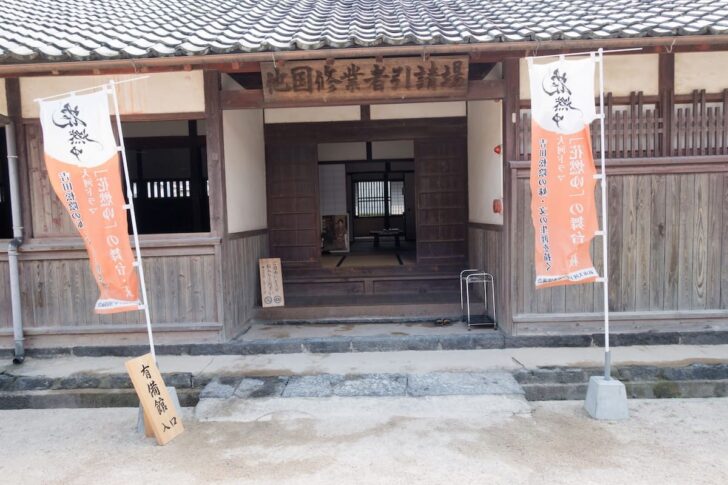
Inside was a dojo used for training in swordsmanship and spearmanship, as well as a training ground for visiting warriors.
I could almost picture samurai practicing with wooden swords here.
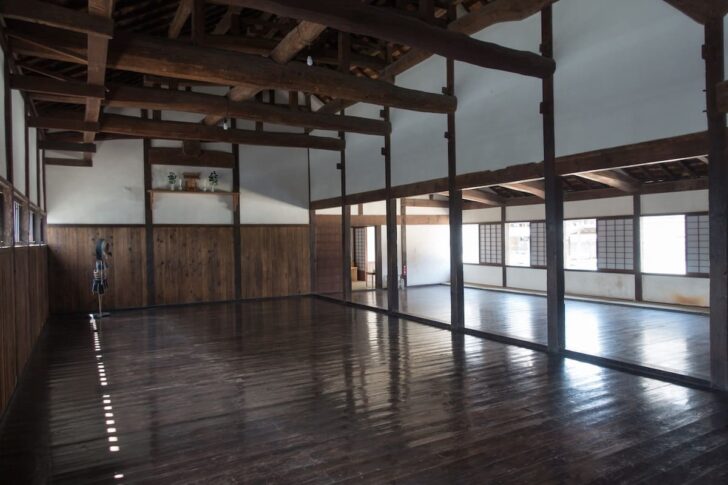
There was also what seemed to be the original “Meirinkan” sign.
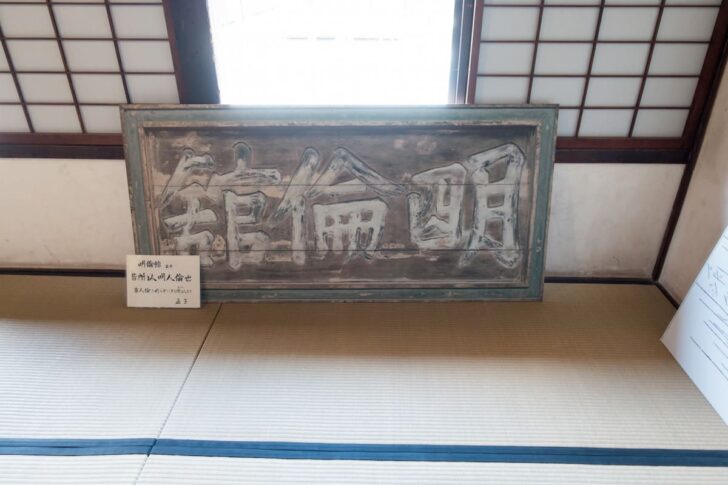
Stepping out of Yubikan, I decided to walk around the exterior of Meirinkan.
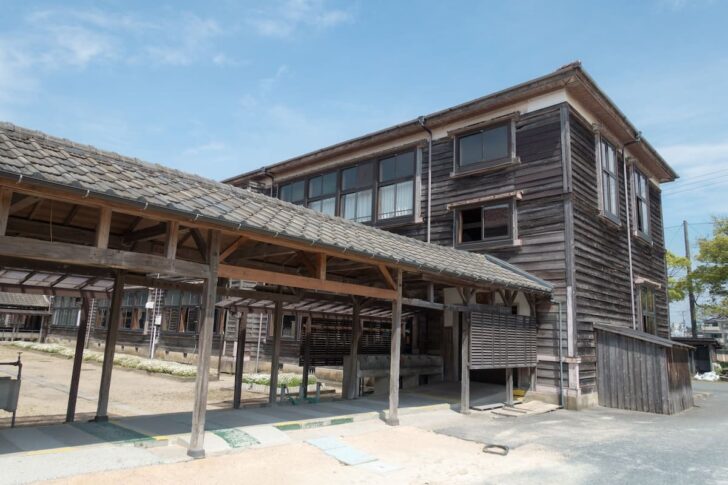
Unfortunately, entry wasn’t allowed, but I managed to take a peek through an open window.
(This photo was taken by reaching in as far as possible!)
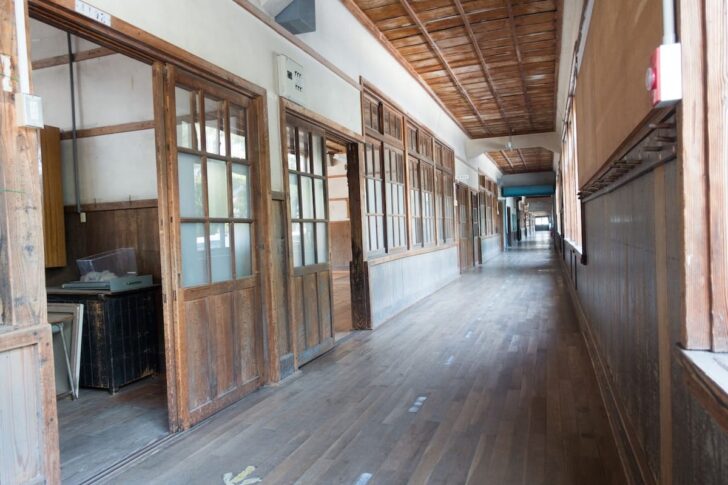
A sign from when it was still an elementary school.
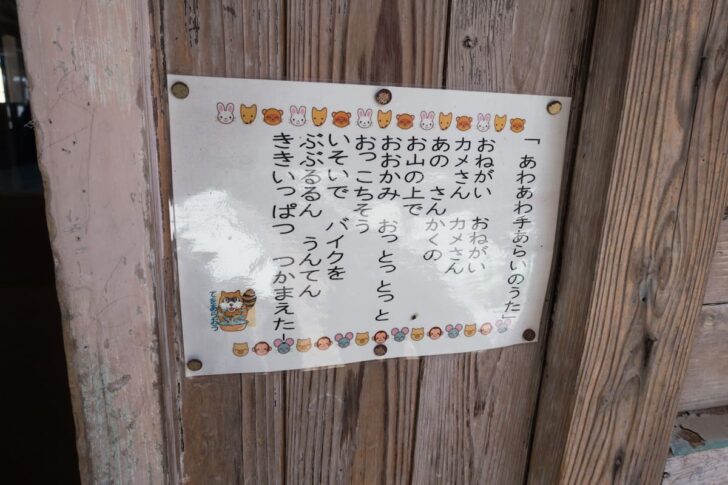
This is “Suiren-ike”, Japan’s oldest swimming training pond, where warriors once practiced **water combat and horseback swimming**.
And just beyond it—what is that grand building?
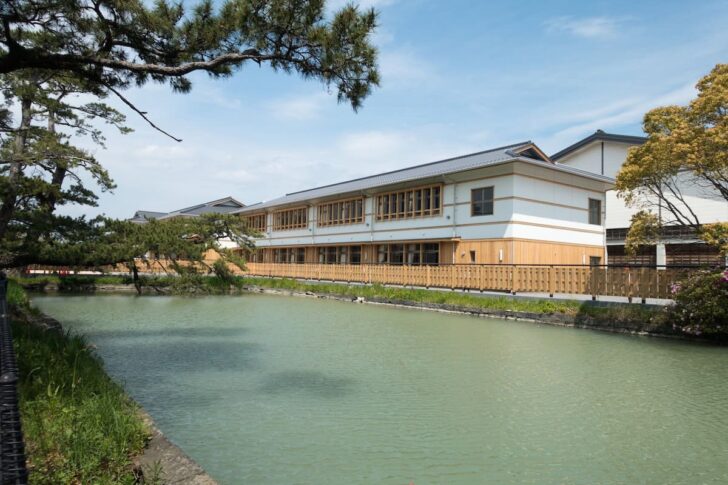
It turned out to be the current Meirin Elementary School.
What an incredibly impressive building—so envious!
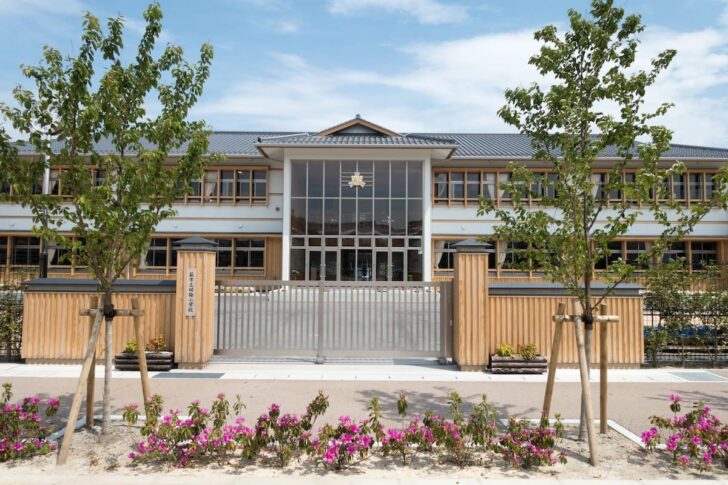
Next door was the “Taiga Drama Museum”, dedicated to “Hana Moyu”, but since I wasn’t particularly interested in the drama, I skipped it.
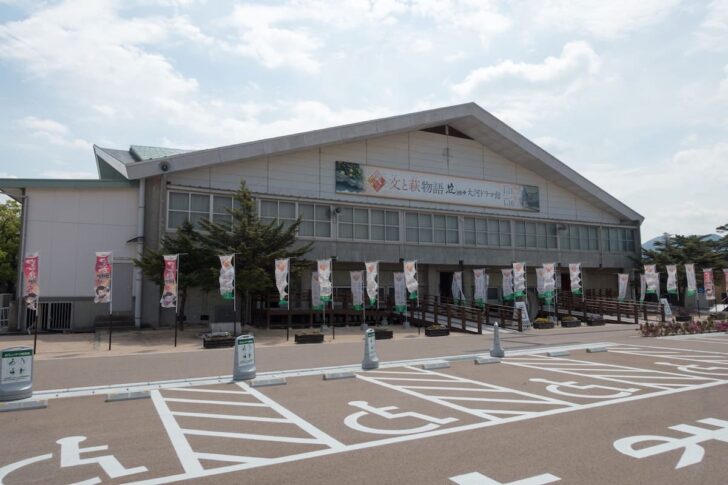
The “South Gate of Meirinkan”, still standing today.
The sign looked oddly new—perhaps it was replaced recently?
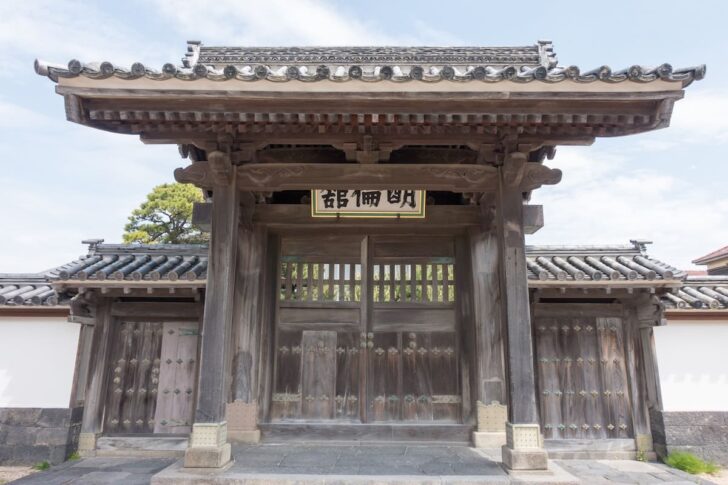
Nearby, I found two stone monuments.
The left one is the “Genbun Monument”, and the right one is the “Shin Monument”, both inscribed with details about the founding of Meirinkan.
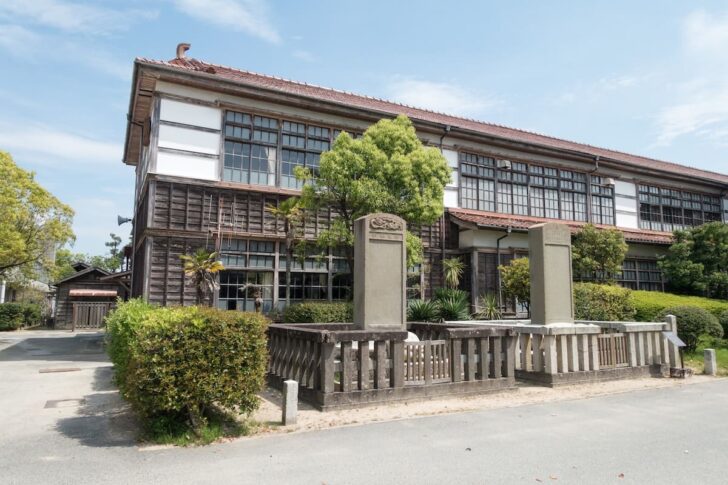
A turtle statue supporting the monument—quite an interesting detail.
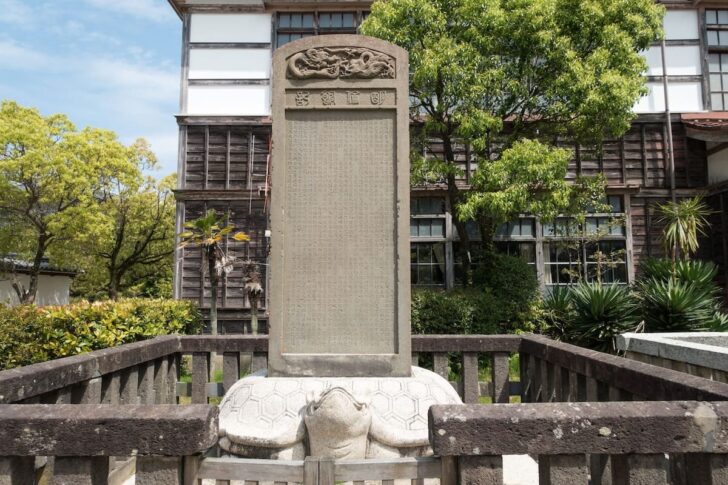
The buildings of Meirinkan were truly elegant.
This appeared to be the main hall.
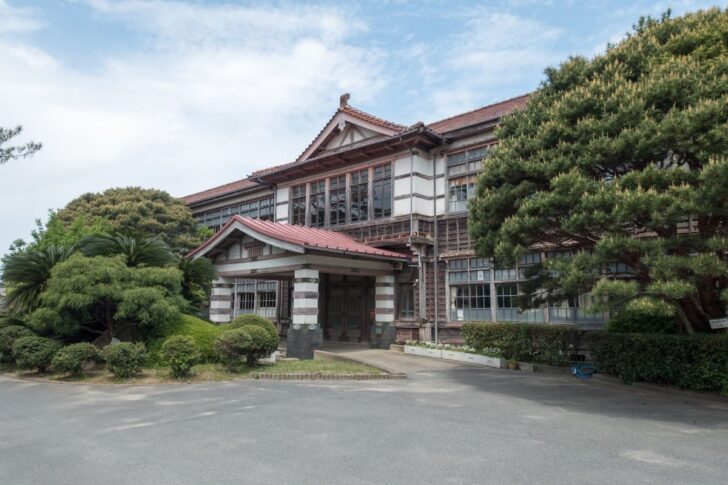
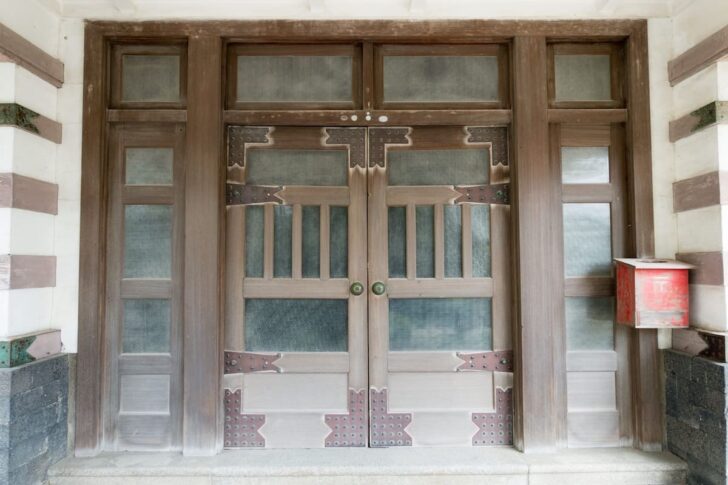
After completing a full loop, I must say—it was a pleasant and enlightening stroll.
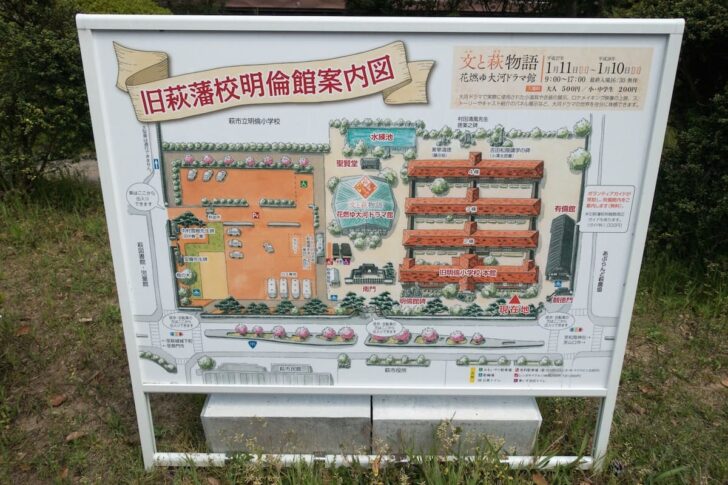
Enseiji Temple, Kido Takayoshi’s Former Residence, and the Takasugi Shinsaku Statue
Next, I explored the historic castle town of Hagi, visiting locations connected to Yoshida Shoin’s disciples who studied at Shokasonjuku.
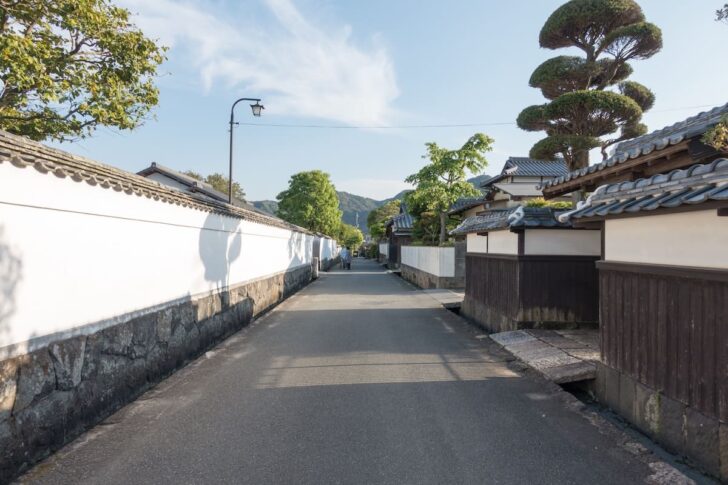
Walking through the white-walled streets, I noticed summer oranges growing in various spots—adding to the town’s historical charm.

This is “Enseiji Temple”, where “Takasugi Shinsaku”, a key figure in the anti-Shogunate movement, and “Ito Hirobumi”, Japan’s first Prime Minister, studied as children.
There’s a ¥200 entrance fee—unexpectedly pricey.
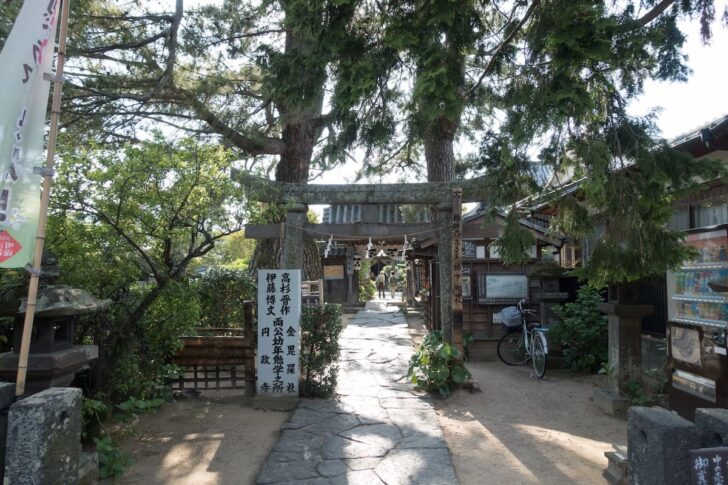
A “Tengu mask” that Takasugi Shinsaku was reportedly shown multiple times as a child during bravery tests.
This would definitely make kids cry…
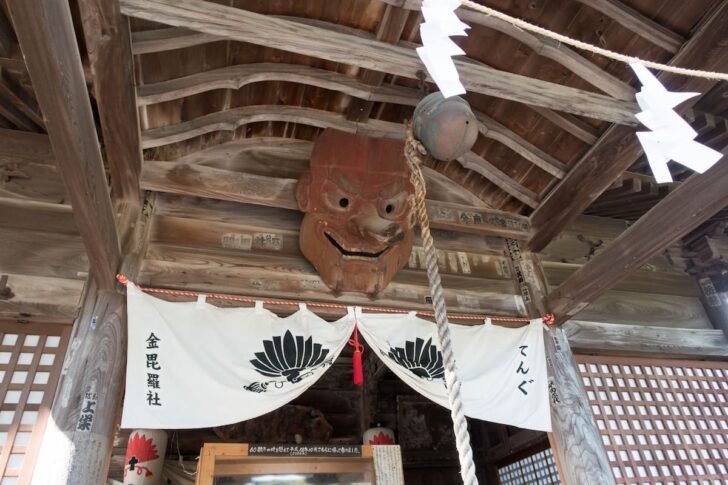
A “sacred horse statue”, said to be a favorite plaything of young Takasugi Shinsaku and Ito Hirobumi.

Then, completely out of nowhere, I stumbled upon a “Choshu Five monument” written entirely in hiragana.
Who decided to build this here?
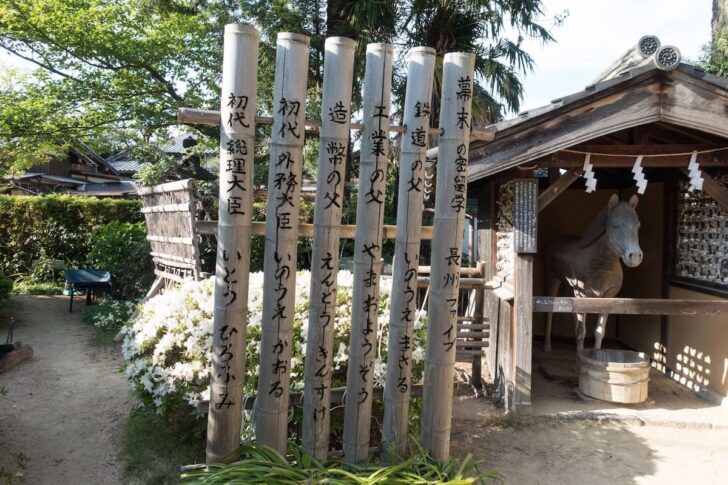
Shaking off my confusion, I continued strolling through the town.
I even spotted someone dressed in “historical attire walking a dog”—perhaps a local guide?
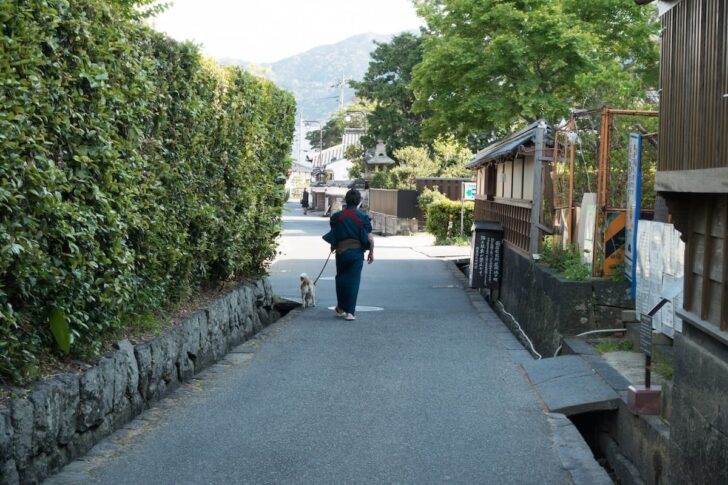
The houses in the area were impressive, featuring traditional “grand gates”.
I imagine there are strict zoning laws preventing modern buildings or apartments from being constructed here.
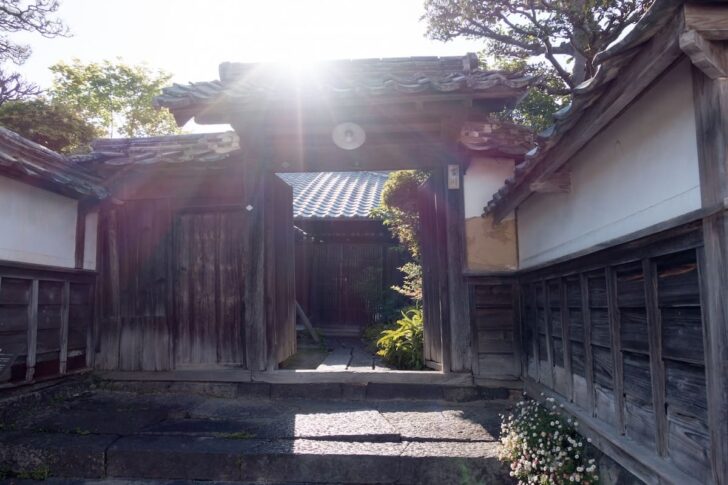
This is the “former residence of Kido Takayoshi” (formerly Katsura Kogoro).
Traditional Japanese houses always evoke a nostalgic feeling.
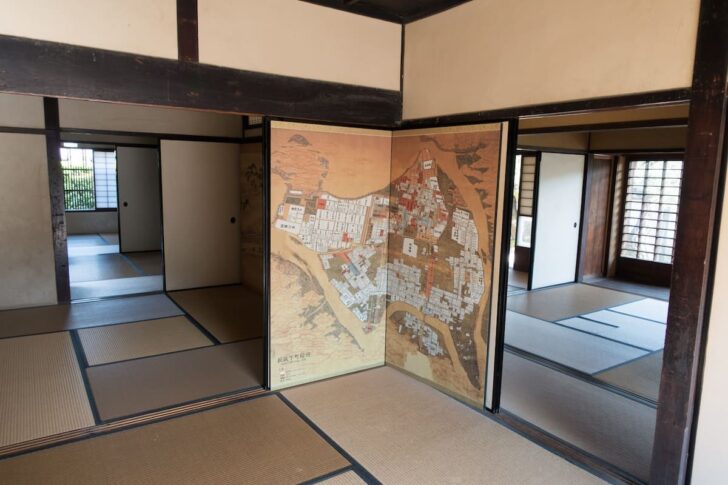
Unfortunately, I “ran out of time” before I could visit “Takasugi Shinsaku’s former residence”, so instead, I settled for two statues of him.
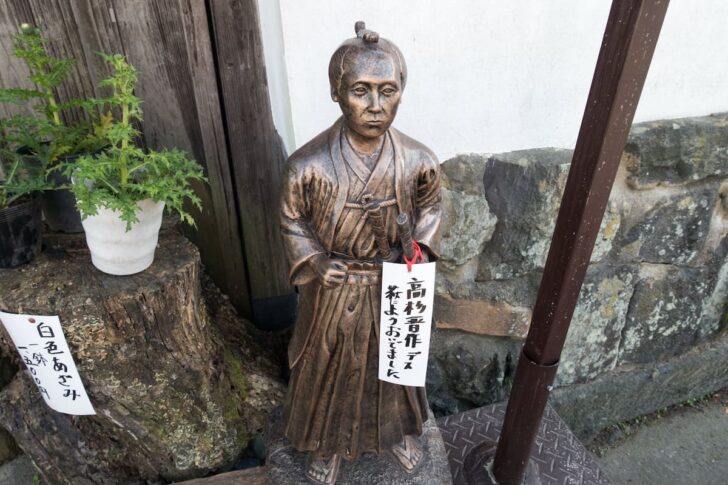
He looks incredibly dignified!
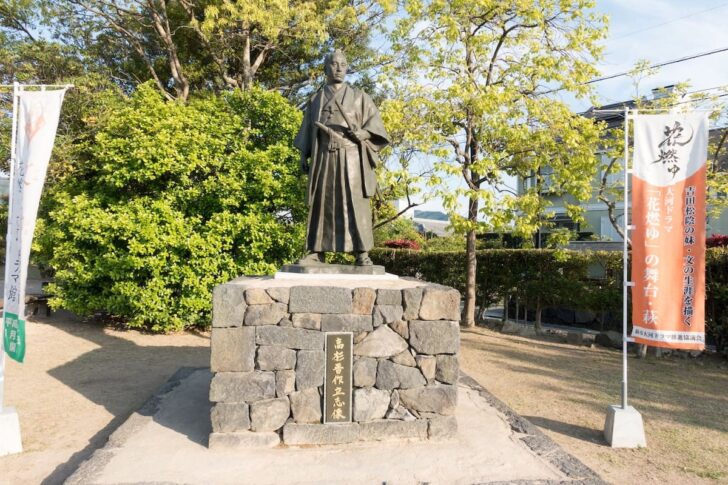
Kikuya Residence
Lastly, though not directly related to Shoin, I visited the “Kikuya Residence”, which once belonged to a wealthy merchant family serving the domain.
This building is about “400 years old”, making it one of the “oldest existing merchant houses” in Japan. It is also designated as an “Important Cultural Property of Japan”.
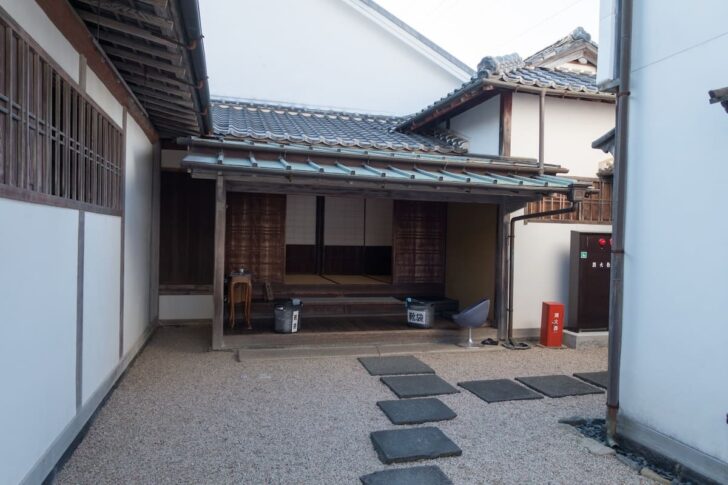
It is a “classic Japanese-style residence”, but…
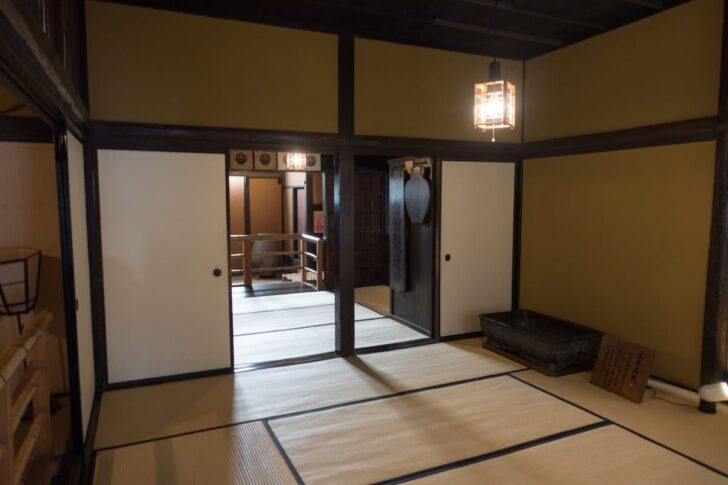
The “size of the house and the number of displayed artifacts” are overwhelming.
As expected from a wealthy merchant family!
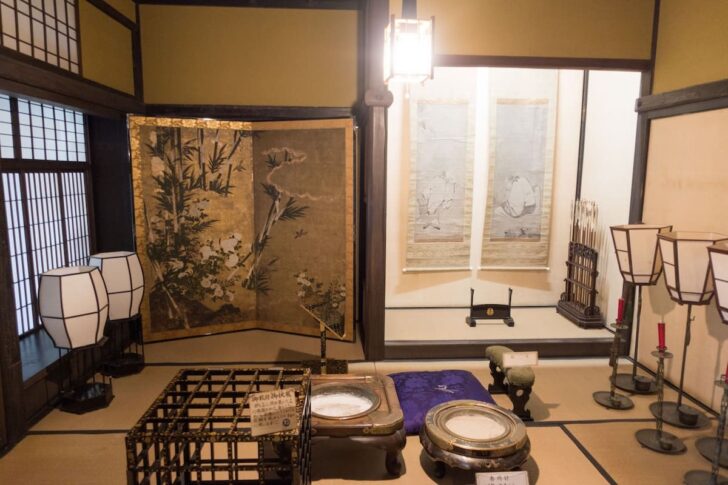
This appears to be an “old-fashioned cash register”.
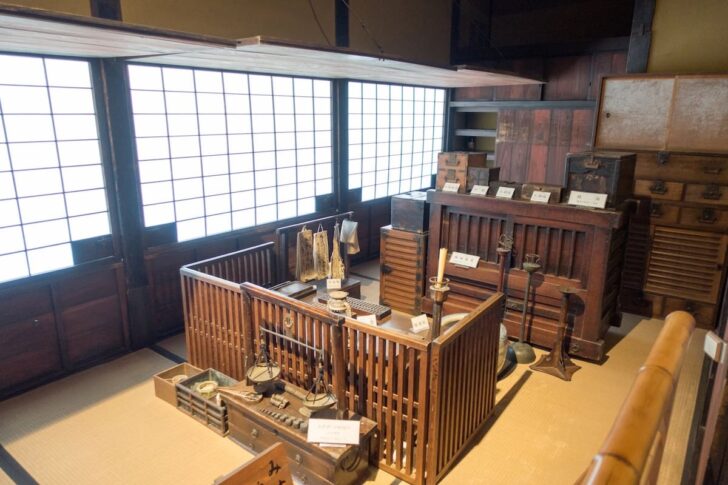
A “telephone room”—I wonder from what era this is?
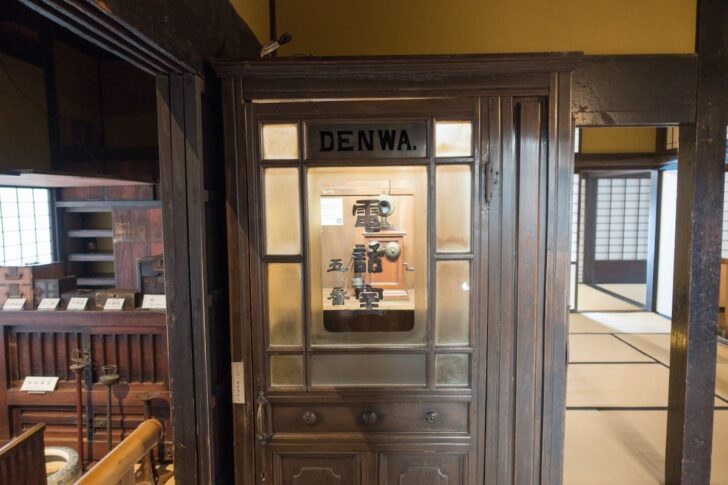
A “clock brought back from America” (or maybe it was a gift?).
It is still working today.
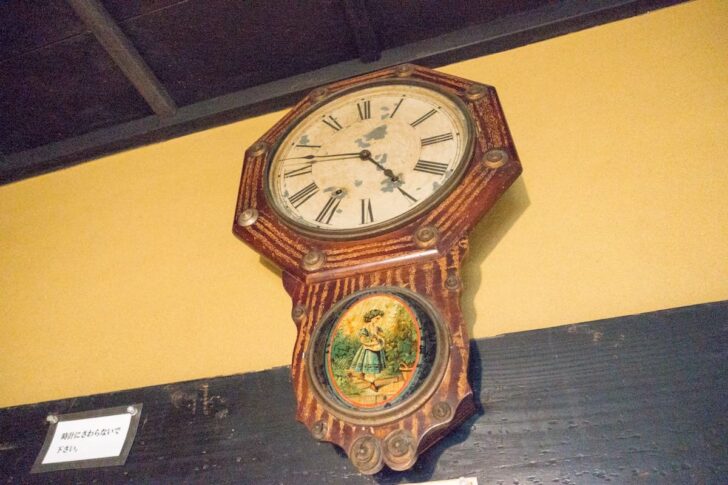
This must have been the “kitchen area”.
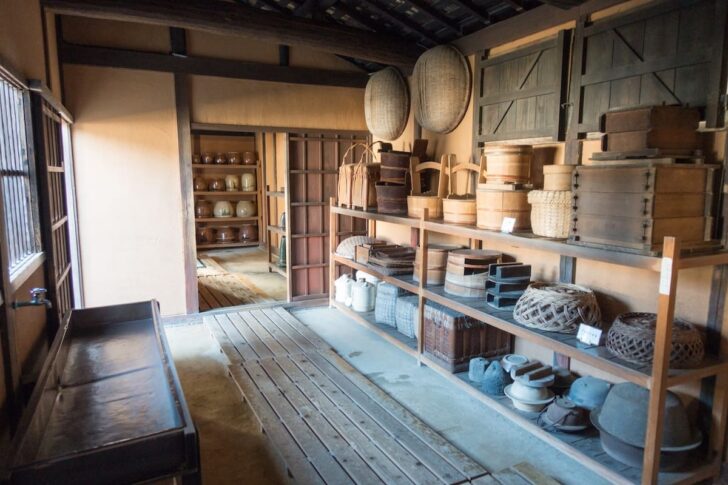
The most captivating part of the Kikuya Residence was “this beautiful courtyard”.
I could spend hours here, just sitting on the veranda and gazing at the trees…
It truly embodies the “essence of a Japanese garden”.
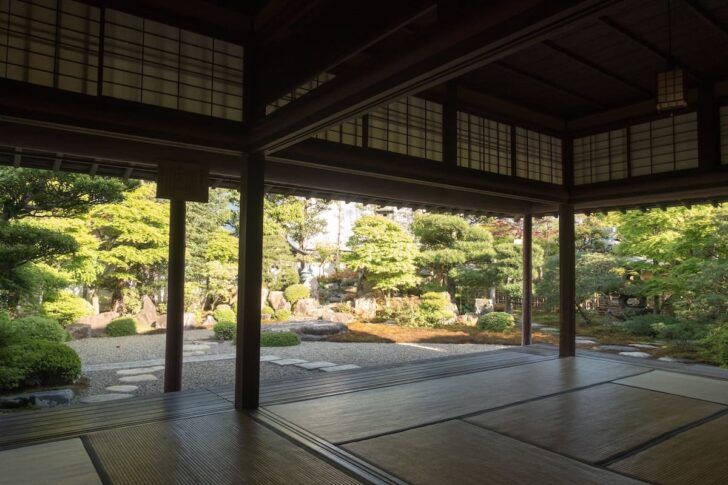
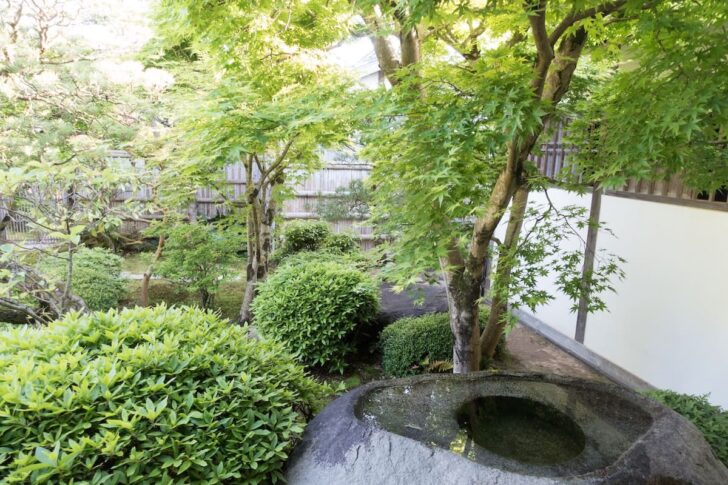
Even the “view of the garden from behind the shoji (sliding paper doors)” was stunning.
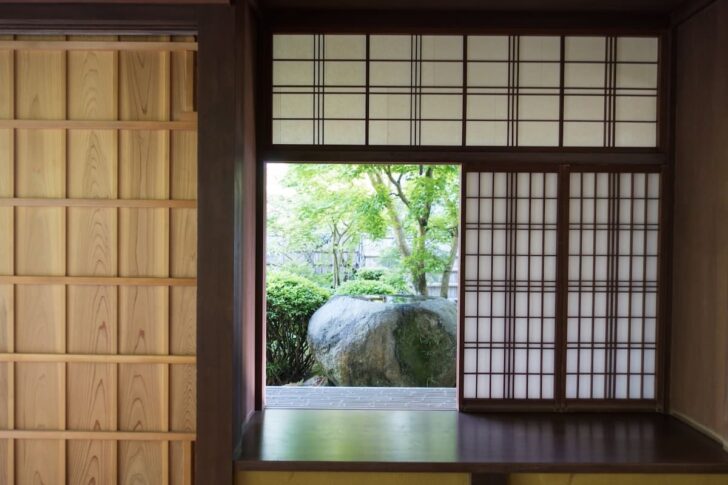
Every “spring and autumn”, during the “Golden Week holidays and fall foliage season”, a “special opening” of the usually restricted “inner garden” is held.
I wish I could have seen it!
Next time, I’ll visit in “autumn”.
“Special Opening of the Inner Garden” (Spring)
April 29 (Wed, Holiday) – May 6 (Wed, Holiday)
May 9 (Sat) – May 17 (Sun) Open Garden
Closing Thoughts
As I mentioned at the beginning, I was initially quite unfamiliar with “Yoshida Shoin”, but after visiting various places in Hagi, I couldn’t help but feel a deep appreciation for his impact on Japan’s history.
“The Japan we know today exists thanks to Shoin Sensei… Thank you…!”
Hagi offers more than just historical sites related to Shoin—it is a town rich in culture, pottery, seafood, and hot springs.
I highly recommend visiting if you have the chance.
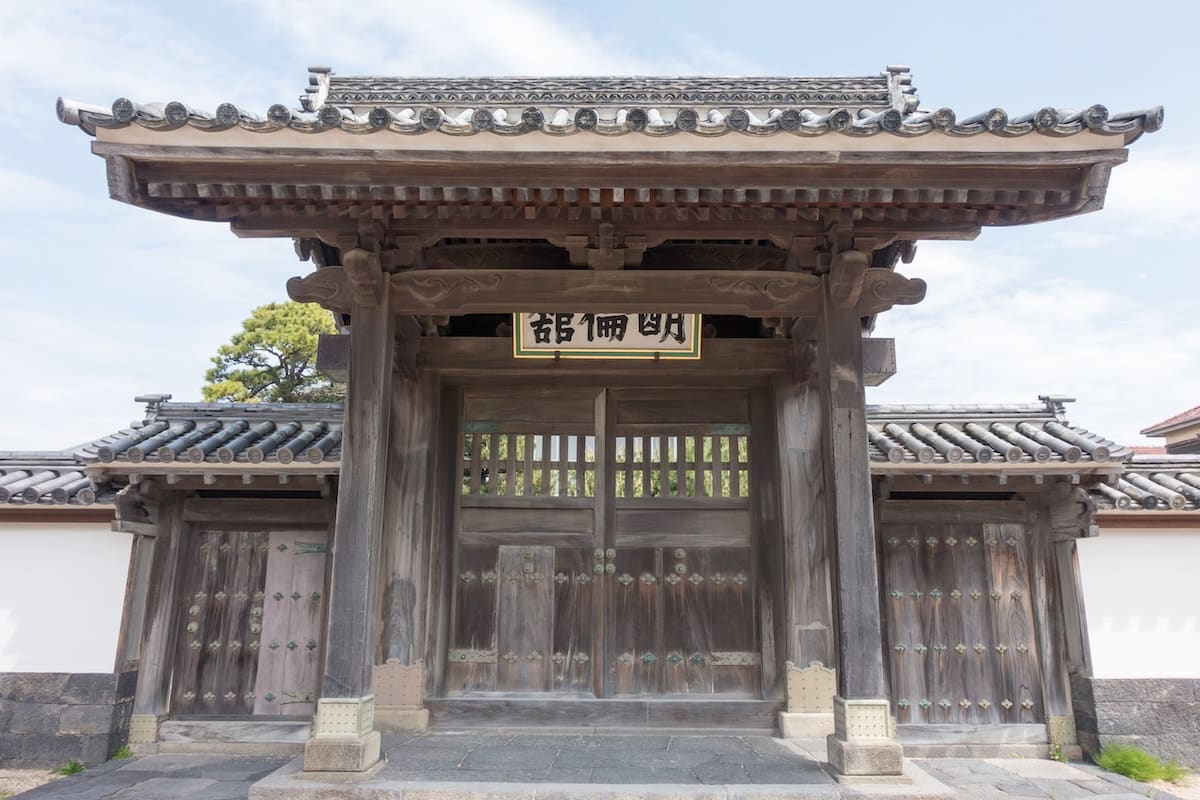
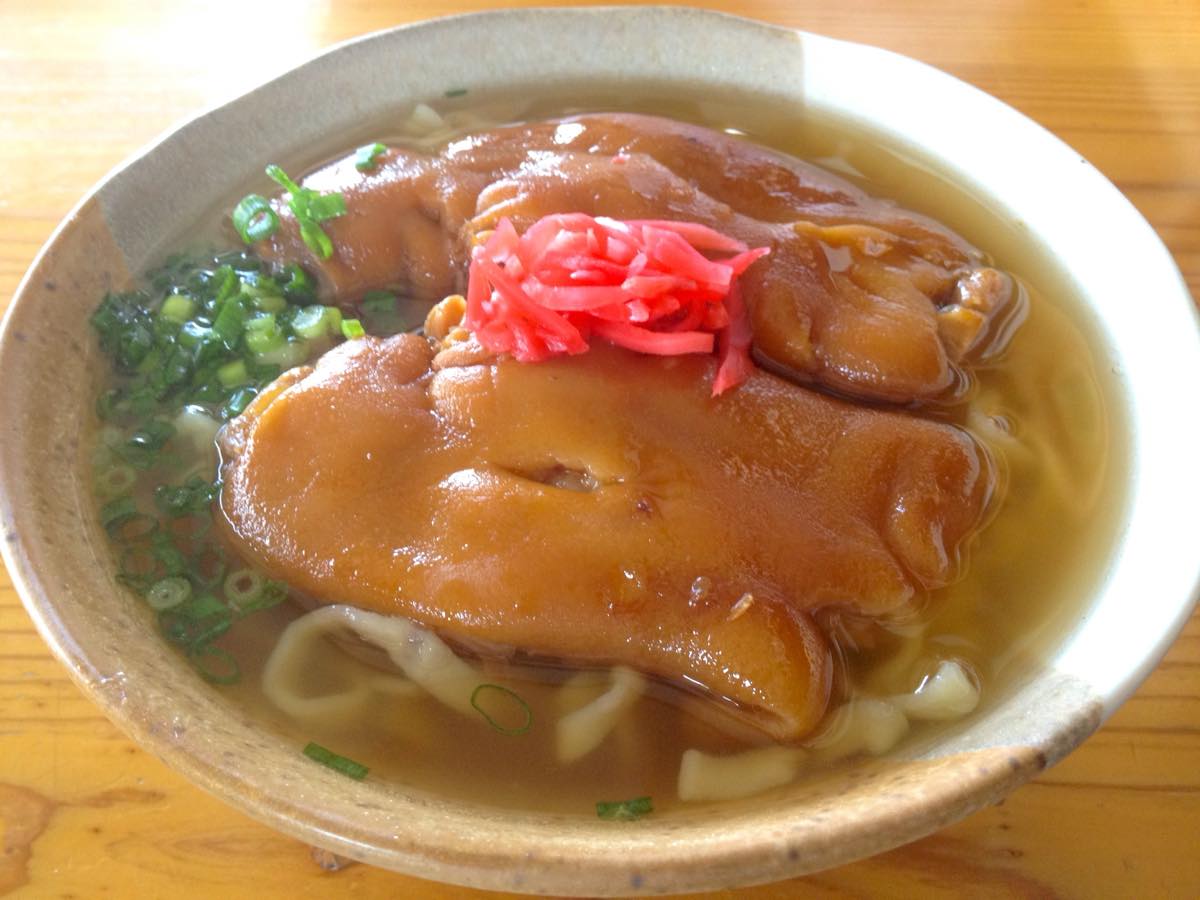
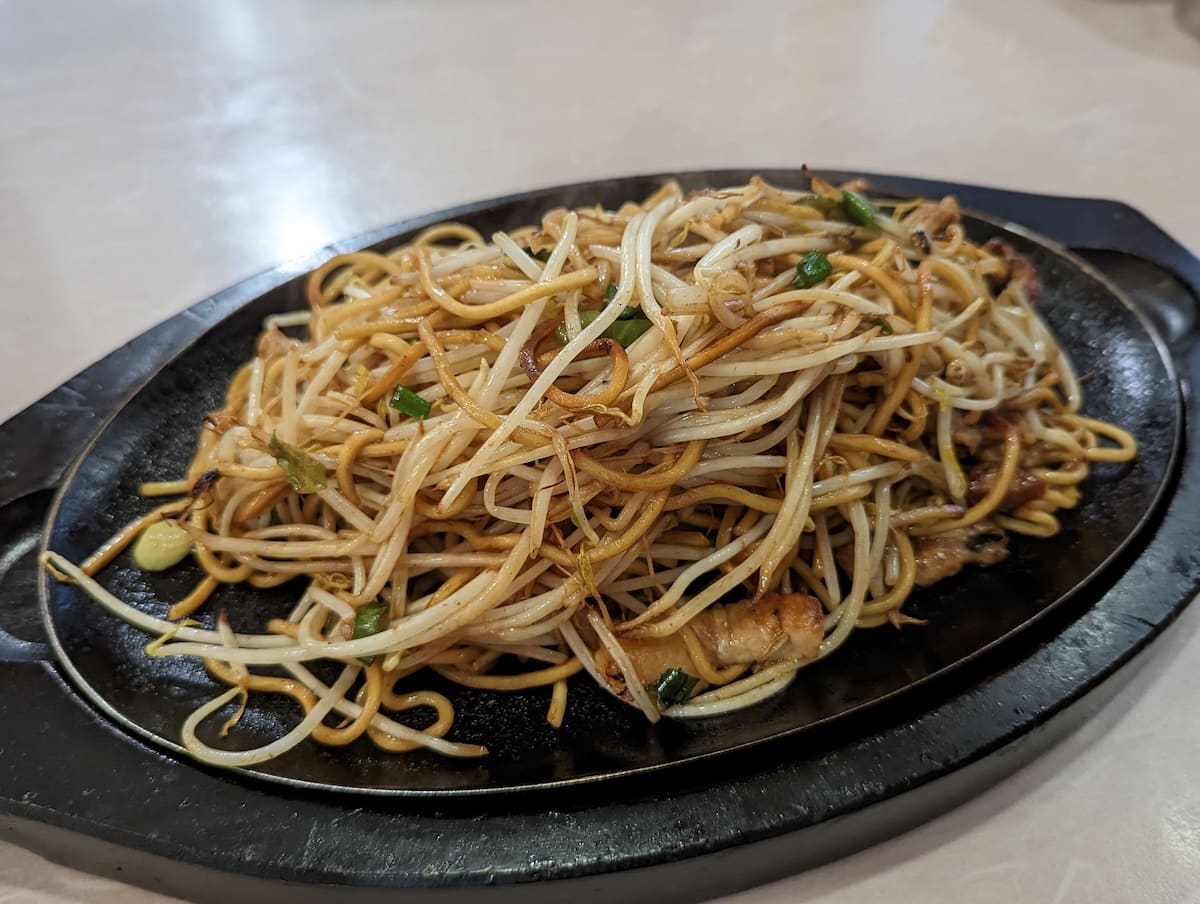
Comments